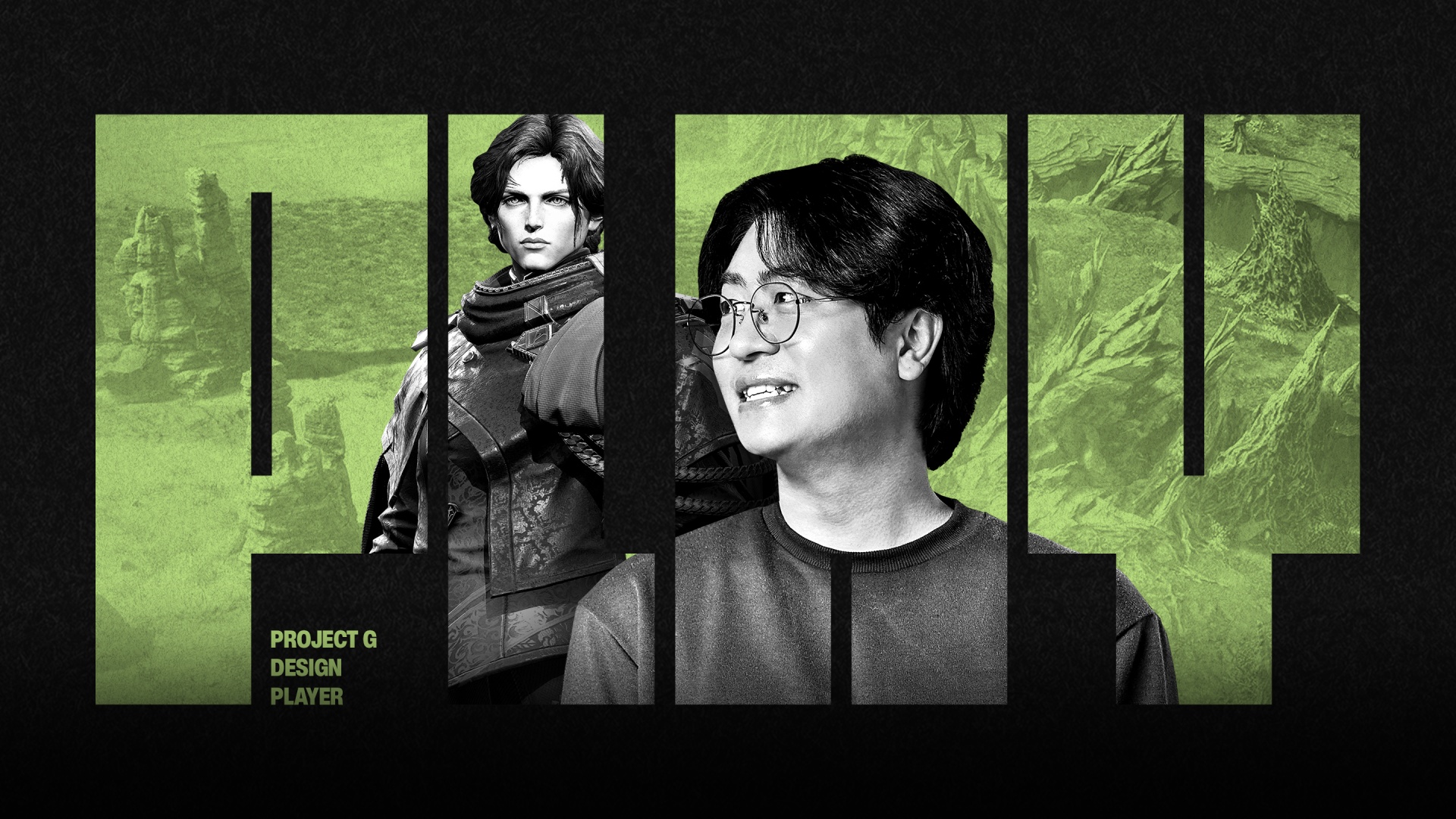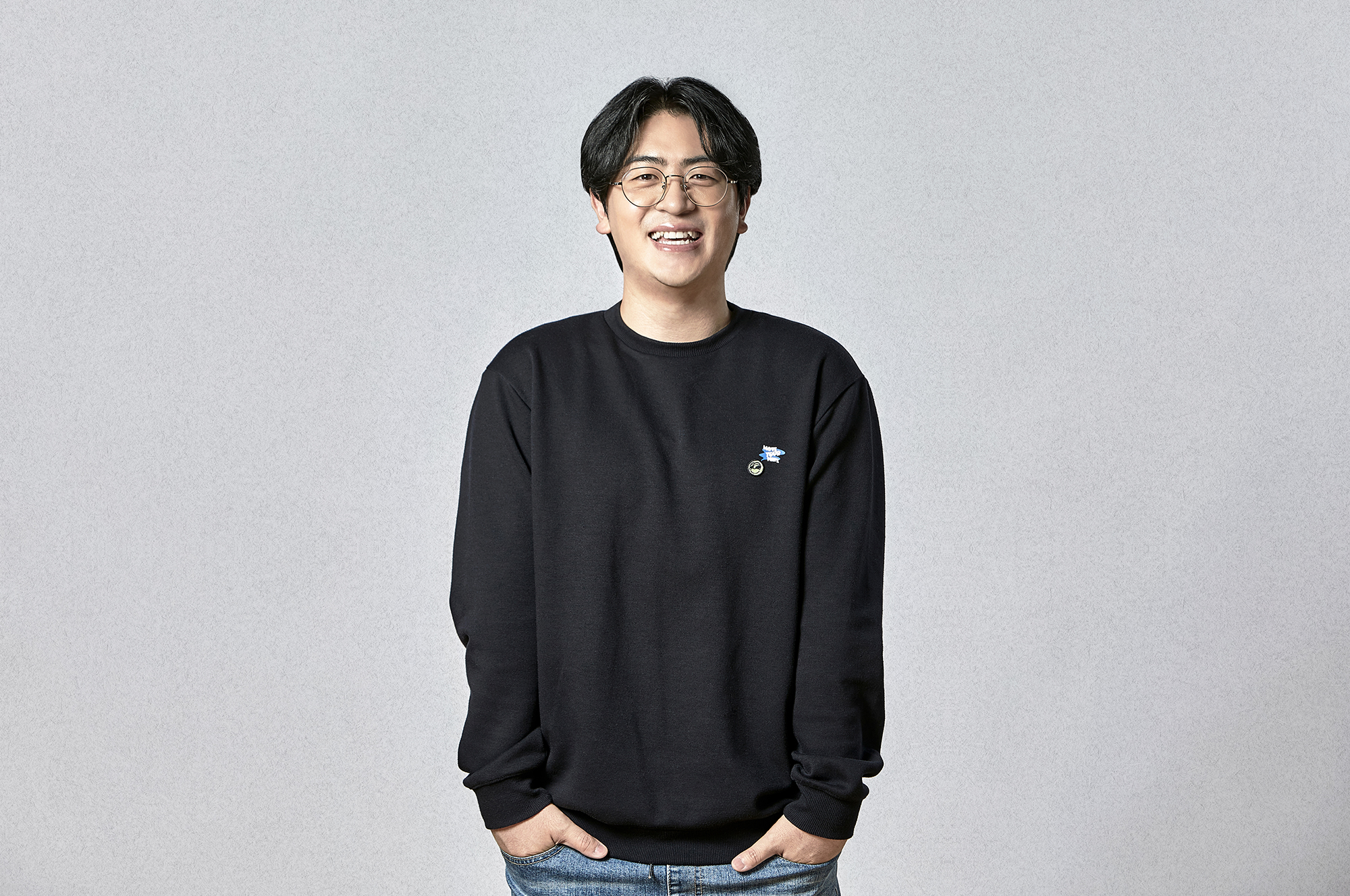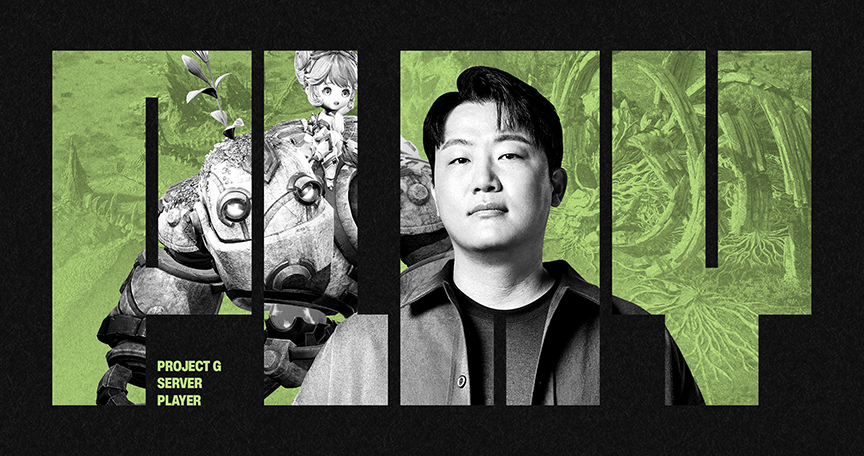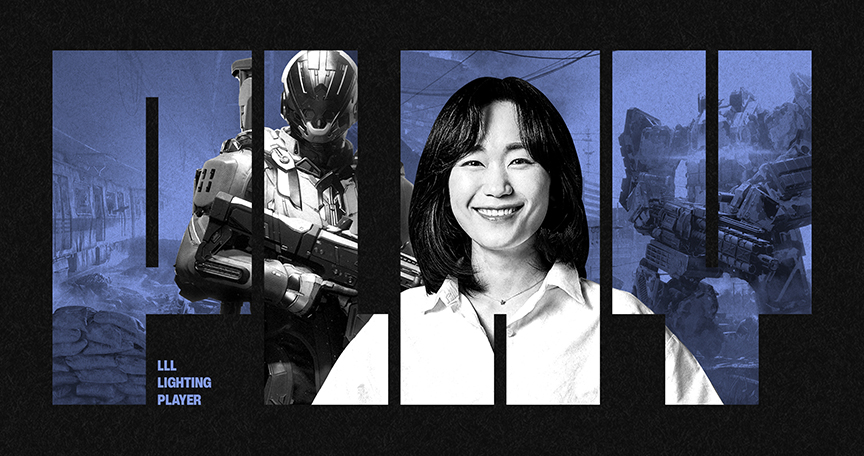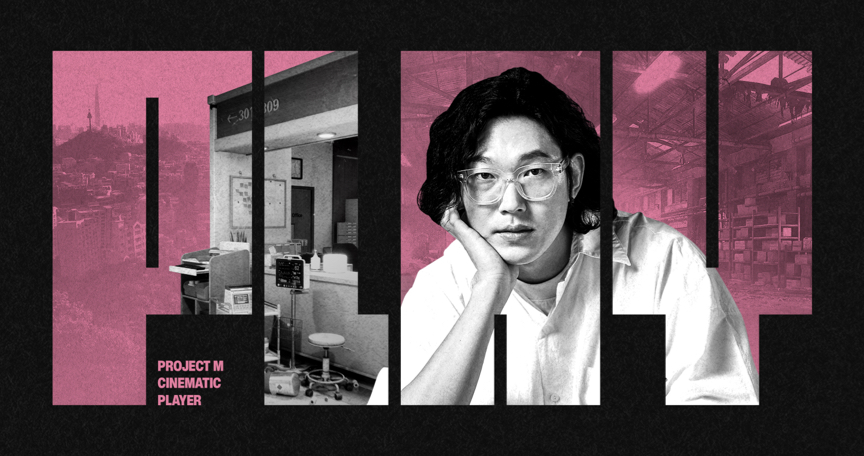The TECH TRACK series sheds light on the developers of projects currently under development by NC. Take a look at the various jobs and the career path that has been built to become an expert.
In this episode, we'll introduce Kim Minjae, who is responsible for the combat design in the MMORTS game, 〈Project G〉.
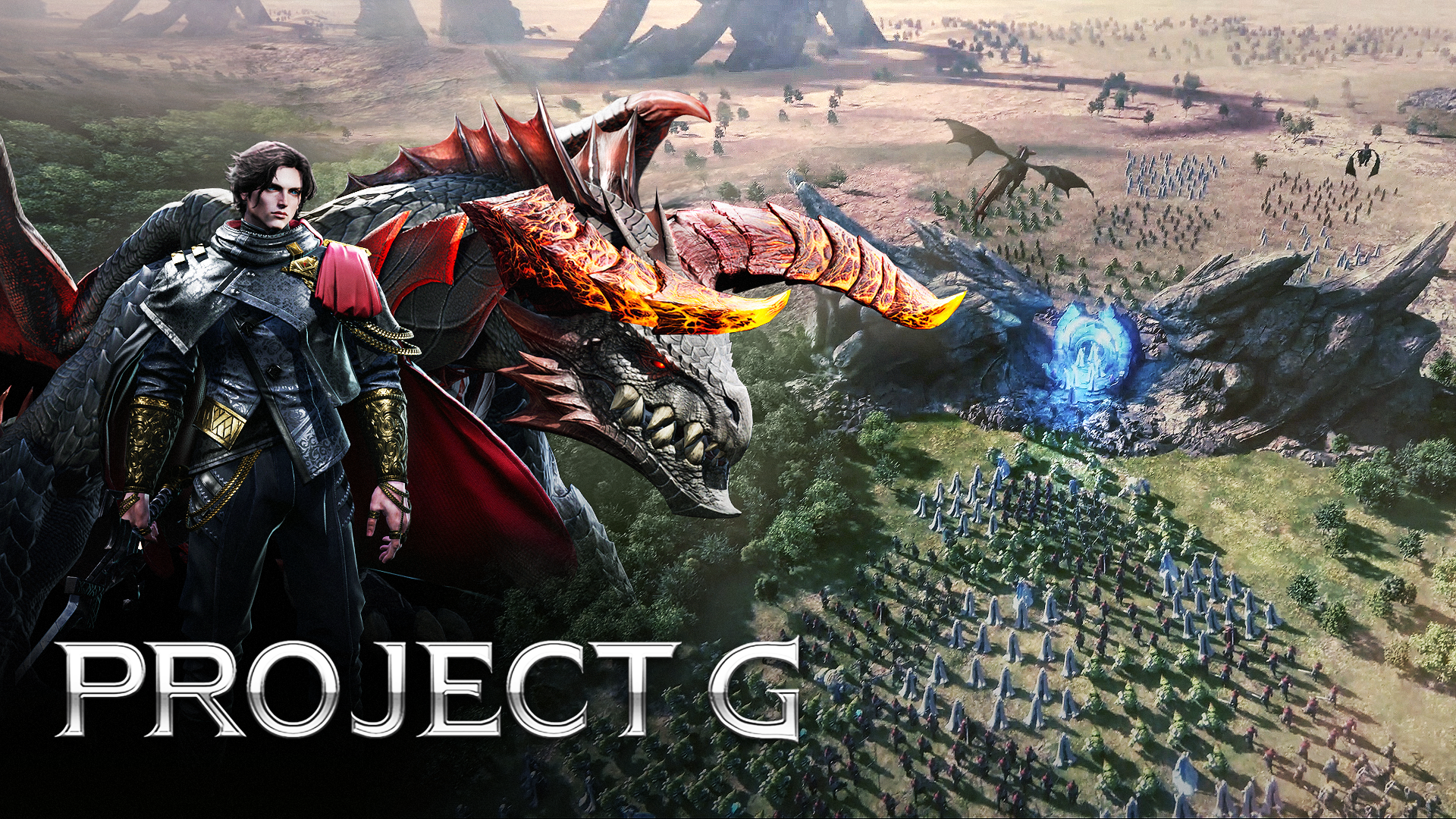

Project G | NC's first-ever large-scale war Real-Time Strategy (RTS) game. Players can employ diverse strategies in the world of territorial disputes while gathering limited resources and increasing their power.
TRACK 1 | my CAREER
The Designer of Combat Rules
Establishing "Rules", An Identity of Combat Games


Combat designers are responsible for designing the combat systems of games. Simply put, it's about establishing rules that are used in combat. Our job involves everything from the simplest rule of "dying when HP falls to 0" to the most complex rules regarding character controls or response patterns to enemy attacks. Our work also involves the integration and combination of individually established combat rules.
Because combat elements play a pivotal role in gameplay, they contribute significantly to the distinctive style of games. Especially in the case of 〈Project G〉, a game that prioritizes combat strategies, they represent the game's identity. On top of creating an innovative combat system, it is my duty as a combat designer to deliver the fun aspect of the rules through well-organized combat.
〈Project G〉 is a game that combines the characteristics of RTS with diverse combat strategies, and MMO elements where multiple players participate in combat with distinctive roles to fulfill. We are planning to implement numerous strategic gimmicks to differentiate 〈Project G〉 from other strategy games.
There Is No "Absolute Rule" That Applies To All Cases
An incredible amount of testing is required to establish a single rule. At times, during the rule implementation phase of a game, exceptional cases are sometimes discovered that were not predicted during the planning stage. After discussing with programmers, a combat rule was incorporated to select and attack a target in the game. However, it posed issues from the player's perspective.
Suppose there are Enemies A and B, with the former being close to the player and the latter placed far away. According to the default rule to "maintain the selected target unless other commands are given," it was programmed to attack Enemy B. However, players found it more natural to target and attack Enemy A, who was closer in range. Despite the disparity in range, the attack was directed toward Enemy B instead of A in accordance with the set combat rule. This led to a peculiar sensation during gameplay. To address this unforeseen shortcoming, the entire process, including the planning, was restarted from scratch. While rules may seem suitable in one scenario, they can be perceived as erroneous or awkward in various circumstances, such as different play perspectives and environmental factors. Therefore, while establishing rules is crucial, it is equally important to test them across multiple scenarios. Since there is no "absolute rule" that can be applied universally, it is necessary to establish a rule and refine the details through testing.
CAREER PATH | Becoming a "Combat Designer"
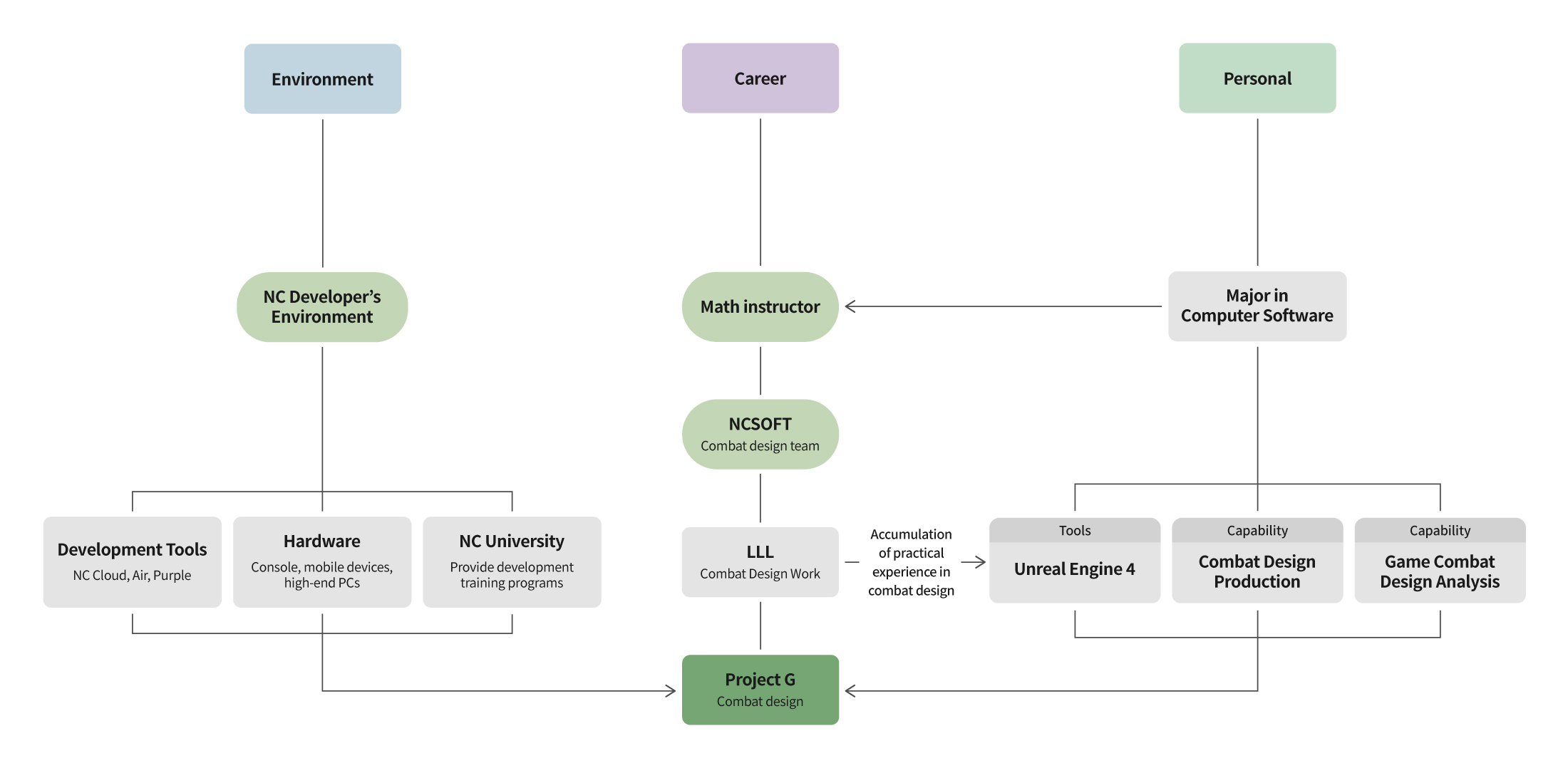

It's been 5 years since I joined NC as a combat designer. Despite my first career being a math instructor, I have always dreamed of working in the game industry.After working as an instructor for about 3 to 4 years, I looked at myself, fully immersed in battle games, and realized that I should return to my childhood dream of creating games. Most game developers tend to pursue their favorite game genre as their job position when they first enter the industry. In my case, they were "war" and "battle". My interest from the beginning until now has been to "create an exciting combat system for a wide range of people."In the early days of joining NC, I worked on the combat system for the MMORPG shooting game Project 〈LLL〉 for about three years. Through tasks related to firearms, character actions, and combat system development, I was able to gain practical experience in combat design. Afterward, I joined the combat design team for 〈Project G〉 because I wanted to work on designs directly related to war strategy and tactics.
An Ability to Reinterpret Gameplay Experience with Logical Thinking
As a combat designer, one of the most crucial aspects is having diverse experiences in games. During the design process, you often ponder over how to create interesting elements in games and what factors might hinder gameplay. In such situations, the game experiences you've had so far often serve as a wellspring of ideas, helping you find breakthrough solutions. Diverse gameplay experiences become an excellent source from which you can draw ideas whenever needed.
However, in practical work, gameplay experience alone is not the sole determining factor. What's more important is the ability to reinterpret and analyze gameplay experiences logically. Especially in combat design, you will find yourself frequently engaged with game systems. And this is when logical thinking is required. It must happen by default to identify the cause-and-effect relationships that lead to specific results or to employ a thought process that retraces the planning phase. Studying Python or other programming languages is beneficial for this purpose. Even understanding the principles behind coding can significantly expand your logical perspective.
TRACK 2 | my PROJECT
Creating Emergent Rules Unique to 〈Project G〉
Unpredictable Variables Can Become Rules
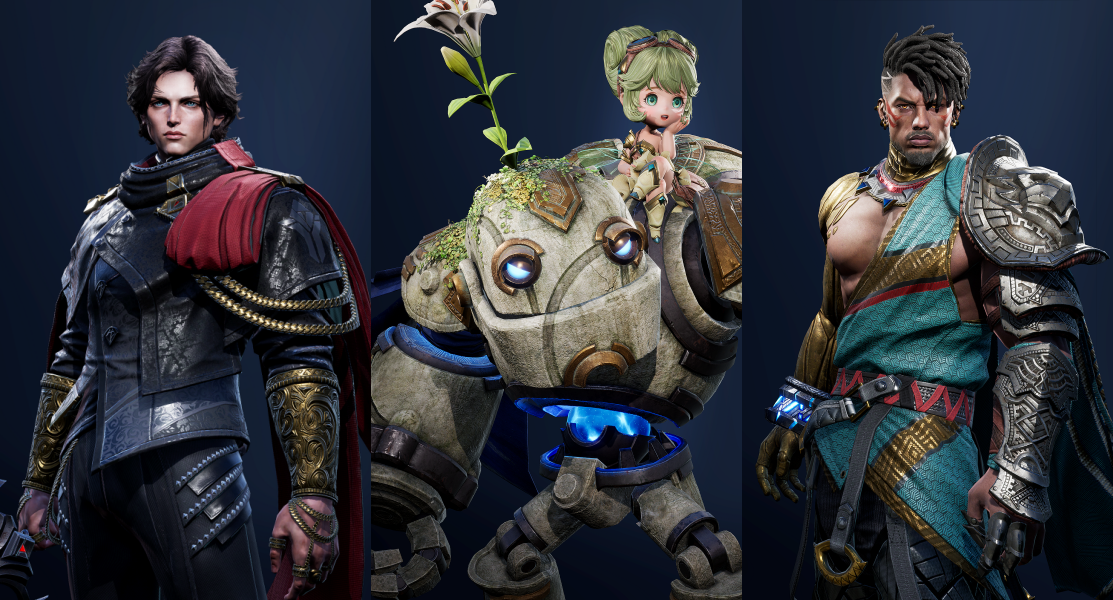

One of the charms of strategy games lies in the variables within the rules. Strategies that take into account various possibilities do not always occur in the way players may have calculated. The task of combat designers in rule creation is to ensure that it does not simply follow a straightforward path. In 〈Project G〉, we are constructing rules that are dense and robust, using unpredictable variables to ignite players' passion and encourage them to give their utmost effort.
〈Project G〉 is designed to provide a wide range of strategies by utilizing the distinct combat relationships among the four races and their unique characters. Moreover, we have created ample opportunities for strategic utilization of the terrain. Players will have the opportunity to seize geographical advantages by occupying hills or launching surprise attacks using bushes. What's more, the alliances and betrayals among multiple players serve as excellent devices that generate unexpected results.


Another key element that highlights the significance of RPS (Rock-Paper-Scissors) matchups is strategic arms. Some glimpses of strategic arms, such as employing dragons in battle or countering them, have been revealed through trailers. In particular, despite these strategic arms possessing identical attributes, they are designed to enable "hard carries" based on player control. This distinguishes 〈Project G〉 from other games where outcomes are solely determined by item or character attributes. We look forward to players showcasing their diverse skills and delivering spectacular plays, each with their own unique style.
Defining Unique Rules for 〈Project G〉
When introducing new rules, various elements within the system need to be newly defined to ensure that the rules function properly within the game. Currently, our team is investing efforts into integrating and refining unique combat rules specific to 〈Project G〉 into the underlying system.
For instance, 〈Project G〉 features a concept of range1 that is not commonly seen in other war games. Introducing this rule required a new definition for how players select their targets. During combat with multiple players, there is a need for criteria to determine the next target after eliminating one enemy. Since different enemy units may present varying levels of threat or vulnerability to attacks, establishing a priority for target switching becomes essential. Therefore, another work was done to define criteria to consider whether to utilize range superiority or capitalize on RPS matchups when deciding on target switching.
1The distance that bullets, shells, missiles, and similar projectiles can be fired and reach.
New Rules Require New Presentations
The establishment of new rules is closely intertwined with the functionality of presentation. How these intricately designed rules are implemented and expressed within the game ultimately affects the direct interaction between players and the rules. When adding new rules, there can be issues where combat does not appear realistic if units overlap, making it difficult to discern who is attacking whom and where. Hence, rules that determine the position and appearance during combat become essential to enhance the visibility of clustered objects. Various presentation aspects are considered, such as highlighting primary targets among attackers or incorporating visual cues for individual target engagements to enhance differentiation. In this manner, in 〈Project G〉, we are carefully considering the integration of elements from combat-based systems to presentation aspects, with the aim of developing distinctive rules that are tailored specifically to our game.
TRACK 3 | my ENVIRONMENT
A Broad Perspective for Harmonious Collaboration
To Move Together in One Direction
Collaboration is mandatory in the process of creating combat systems, as multiple departments are involved. In combat design, we develop the system and content together by utilizing assets and data created by the art team and programmers. To ensure scrupulous and harmonious collaboration, from the overall flow to detailed and individual task management, a supportive environment is crucial. In this regard, we greatly benefit from the management infrastructure provided by NC. On top of operating collaborative meetings, we actively utilize the in-house development tools provided by NC to efficiently manage and share the entire progress of the project.
Sharing the progress and mid-results of collaborating teams allows you to have a broader perspective and better understand the overall knowledge of the game. Getting too absorbed in one's own tasks can lead to unnecessary trial and error and reduce efficiency. Aligning your work with the direction and pace of the entire project is the key to effective teamwork.
In 〈Project G〉, the planning, programming, and art teams are all united by the goal of launching the game. While each person is responsible for different areas, the collective commitment to achieving excellence in their respective roles acts as the driving force behind outstanding teamwork.
 Facebook
Facebook  Twitter
Twitter  Reddit
Reddit  LinkedIn
LinkedIn  Email
Email  Copy URL
Copy URL 